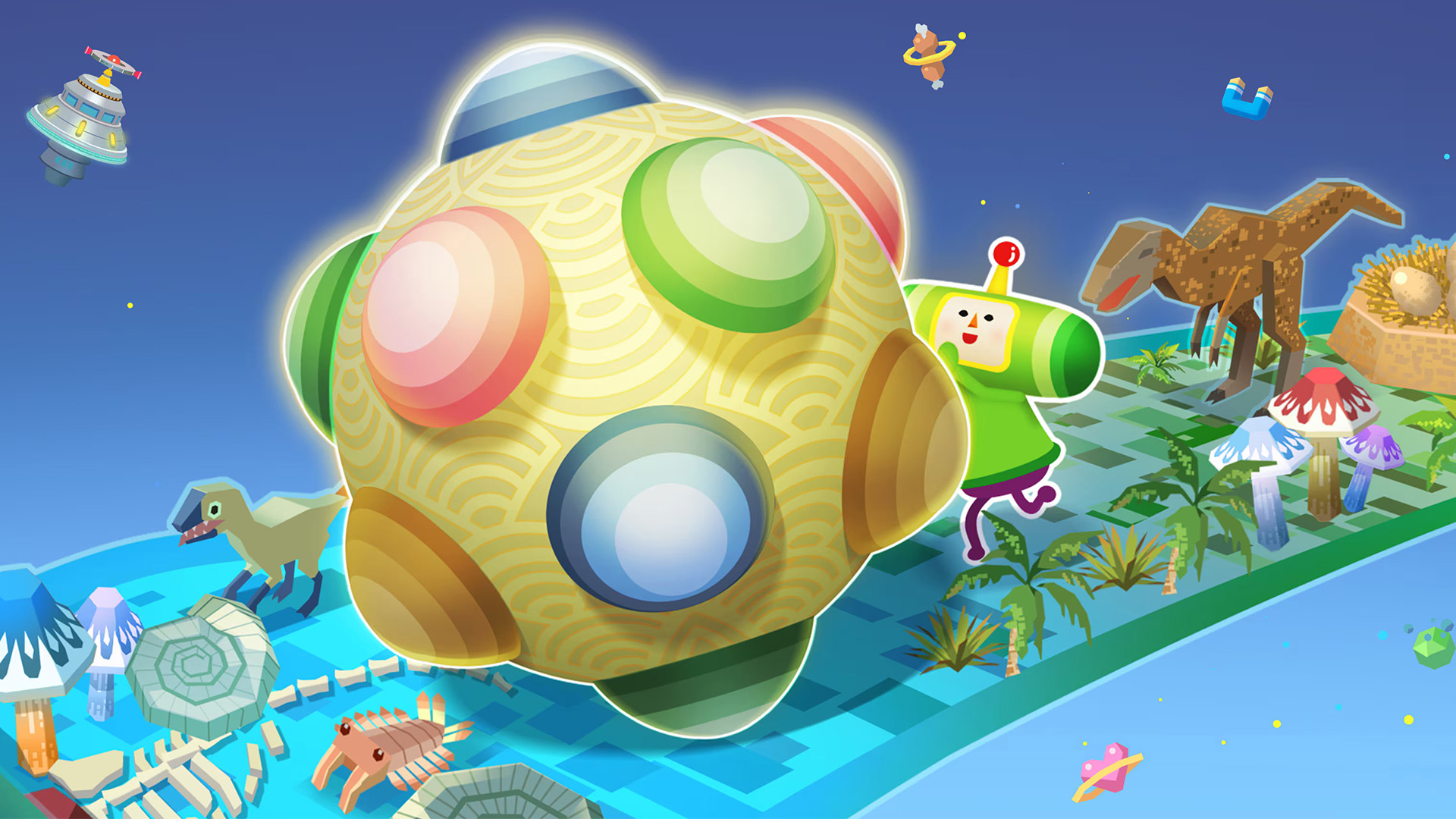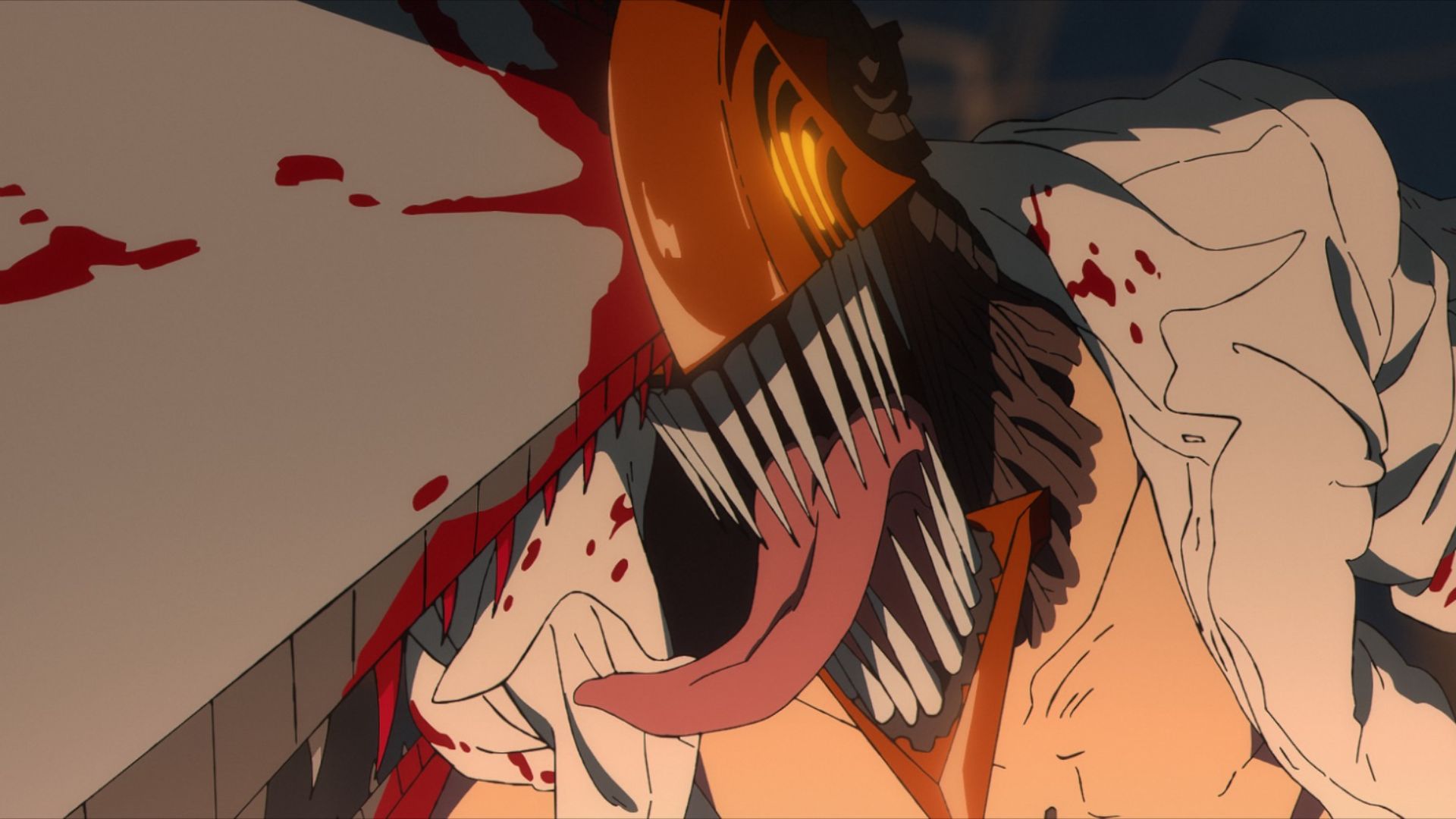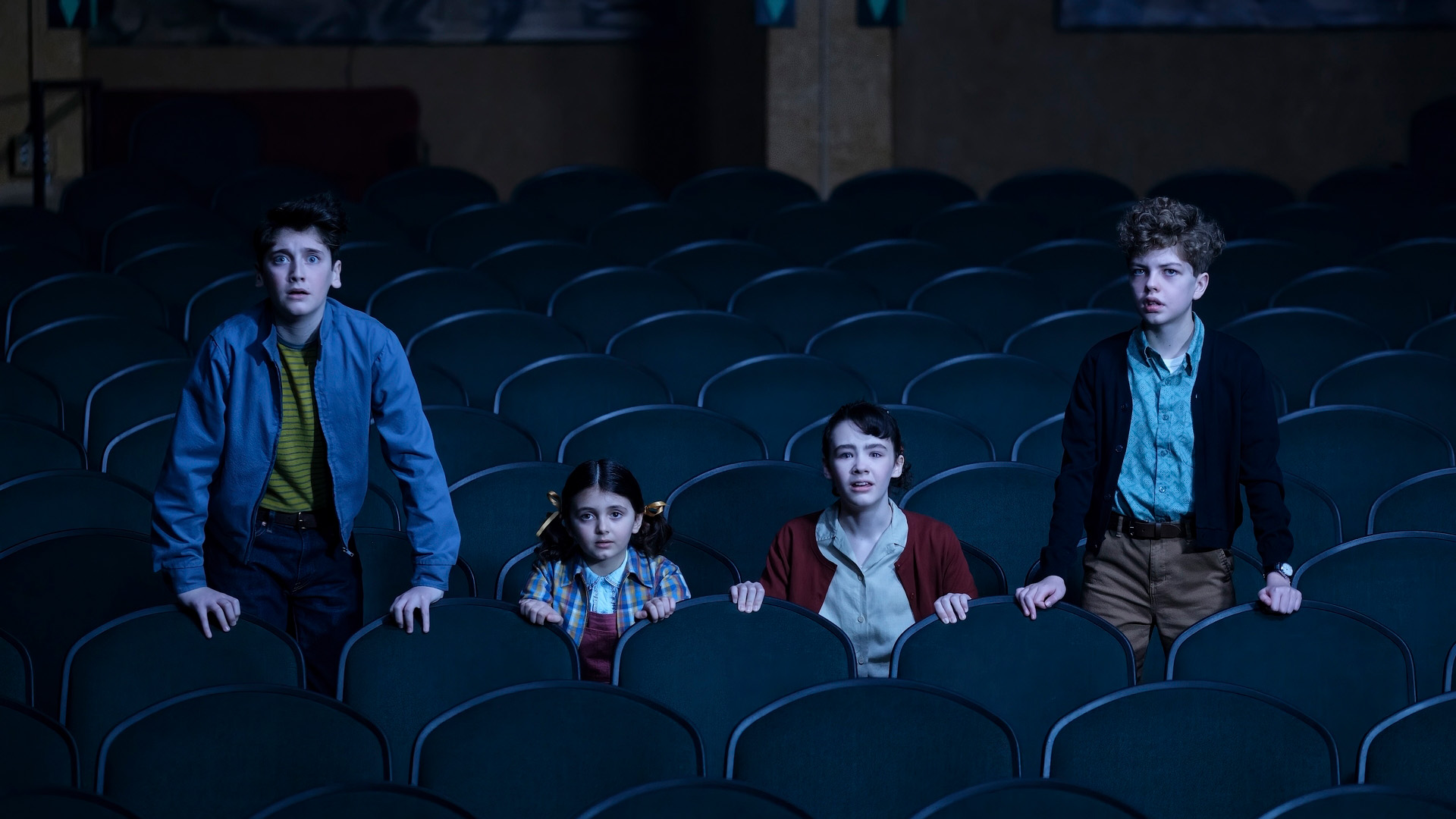Otherland
We’re on Mars. An ancient, arid world. Red sands stretch to the horizon, dotted here and there with exotic alien buildings. Above, the evening sky is... whoa. An arc of something is sweeping across the vast dome of the sky, turning dusk instantaneously to star-studded night where it passes. At the point of transition it’s just possible to catch a glimpse of something else: wireframe graphics. I’ve come all the way to Real U’s offices in Singapore to see an MMO in which the day-to-night cycle looks like a graphics error, and it just might be the most exciting thing I’ve ever seen.
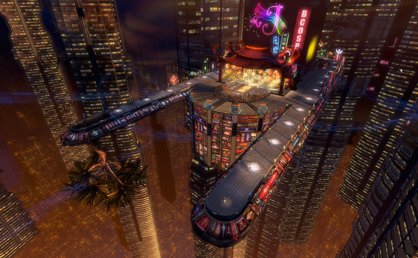
Otherland is based on the sci-fi novels of Tad Williams, in which the super-rich have created ultra-realistic virtual worlds that they rule as gods. There’s a steampunk Mars world, a Through the Looking Glass world, an over-industrialized Land-of-Oz-gone-bad, and many more. It’s in this multiplicity of wildly differing worlds that we’ll play, and this alone puts the game light-years ahead of today’s woodenly unambitious, formulaic MMOs.
“We’re not trying to pretend that everything is real,” Senior Producer Kevin Buckner explained to me. “We’re trying to give the impression that this is a simulation made to look real.” The possibilities are staggering, as seen in Otherland’s cyberland of neon geometry, the Lambda Mall, future society’s equivalent of the Internet. It’s a place to shop, socialize, and amuse yourself, but Lambda also functions as the game’s hub: the jumping-off point for your adventures, and where you’ll return to boast of your exploits and play minigames in its many themed bars.
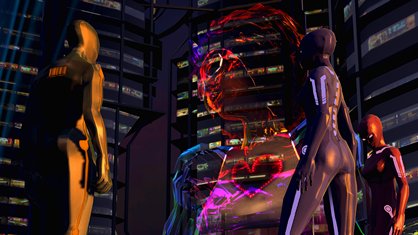
In this truly artificial world, you can travel by “spline surfing” - literally surfing from place to place on curving lines of light. This isn’t some passive, WoW-style gryphon taxi. Buckner calls it “a puzzle-based means of travel. It’s your skill at traversing from one spline to another at the right time, or working out a puzzle within the spline field, that gets you access to secret places.” You can also acquire portable portals: place one when you find somewhere special in one of the many worlds, and you can create a private shortcut from that place back to somewhere you know. Friends can share that shortcut, but enemies can hack into it, too.
Eschewing the unwritten law that MMOs must compromise on tech and visual flair, Otherland is rendered with the Unreal 3 engine. “Single-player games have evolved massively in recent times in terms of production values, in terms of story, in terms of setting, in terms of cinematics,” says Andrew Carter, CEO at Real U. “It simply hasn’t happened the same way with MMO games, and that’s something we want to do with Otherland.”
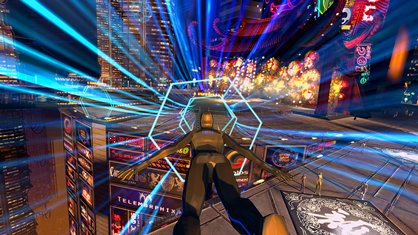
Weekly digests, tales from the communities you love, and more
